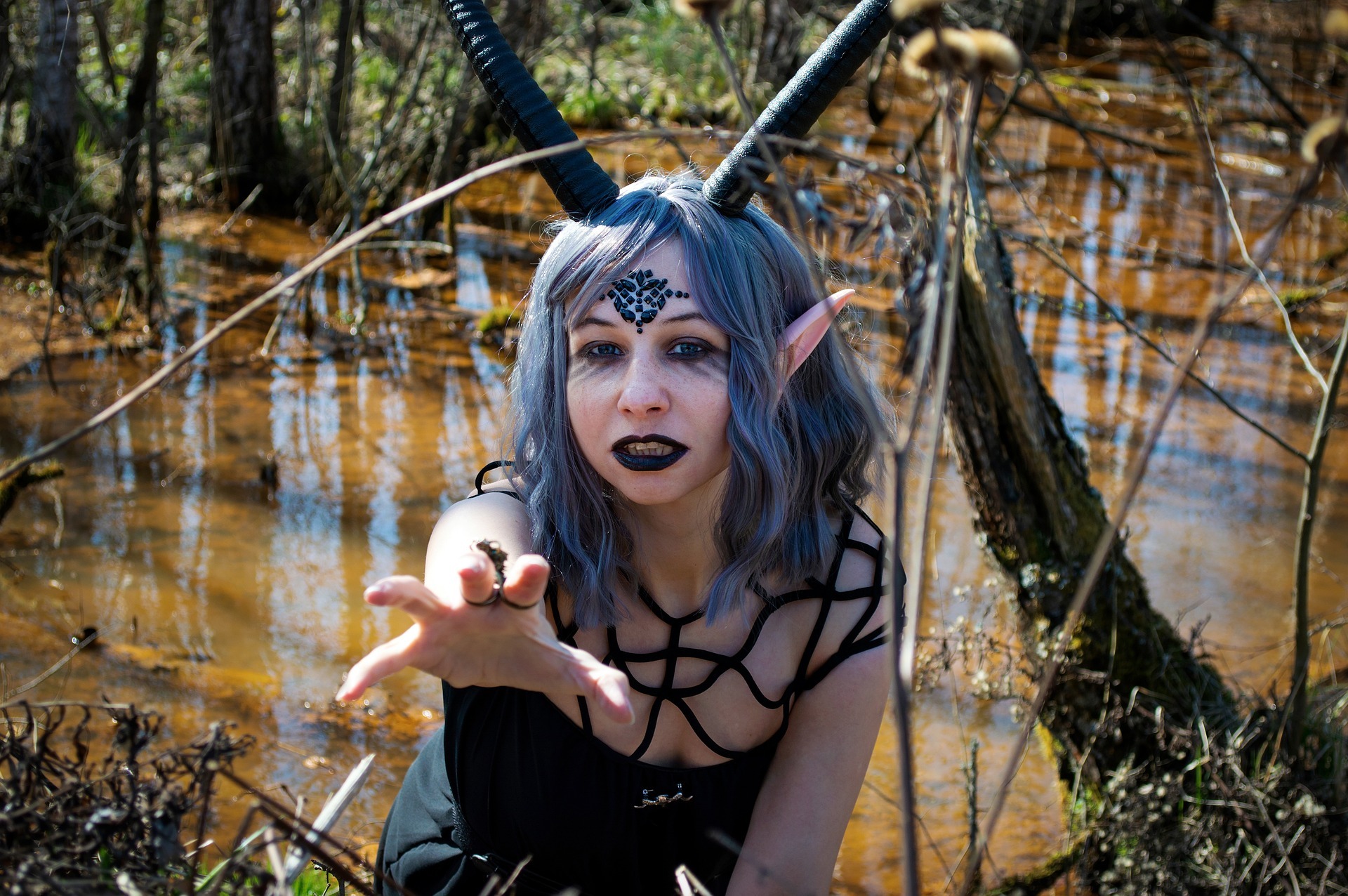Stories about sleep paralysis (SP) have generated a huge number of myths and folklore tales in many countries around the world. Since SP is usually associated with hallucinations, the sleeper often believes that they have encountered the supernatural. Polina Povetkina, a Russian culturologist from Moscow State University, decided to study this phenomenon as a product of the intersection of biology and folklore.
The author notes three popular explanations of the SP experience:
1. Mythological (an encounter with a supernatural being corresponding to local legends)
2. Esoteric (UFO encounters, astral projection, parallel worlds)
3. Scientific (stress, fatigue, various diseases)
These options are not always mutually exclusive; sometimes they can coexist. However, this begs the question of what came first—belief in myth or the experience of hallucinations? Many researchers have noted that belief in folklore tales can promote the likelihood of sleep paralysis, and this experience is often determined by a person’s expectations, which are, in turn, shaped by traditions and culture.
At the same time, mythological explanations of SP often include a supernatural character who strangles the sleeper. Even the name of this character in the language of the culture that gave rise to it often derives from the verb “to strangle.”
However, there is another point of view. Some people first experience SP, and only then study its mythical meanings, because they perceive their experience as something supernatural and look for an explanation. As the author adds, the truth is probably somewhere in the middle, and the biological basis of SP comes through as a common element in the folklore of all countries, despite their differences.
Have you ever perceived the experience of SP from a mythological or esoteric point of view?
The article was published in October 2022 in the RUDN Journal of Studies in Literature and Journalism.
Get all the latest news about lucid dreams via our channels on Telegram, Instagram, Facebook




